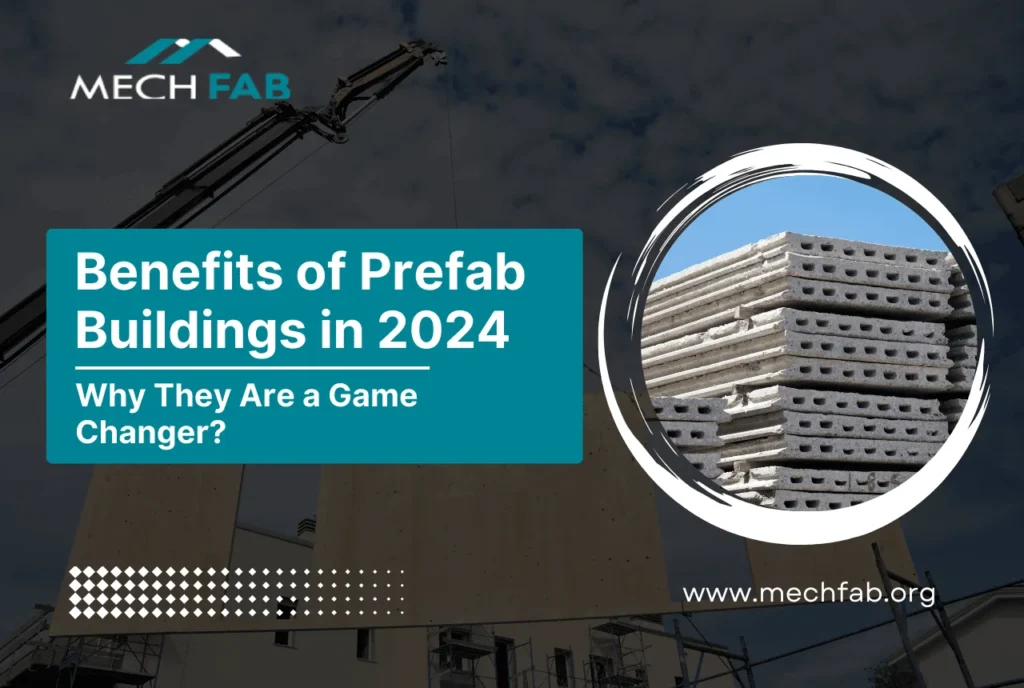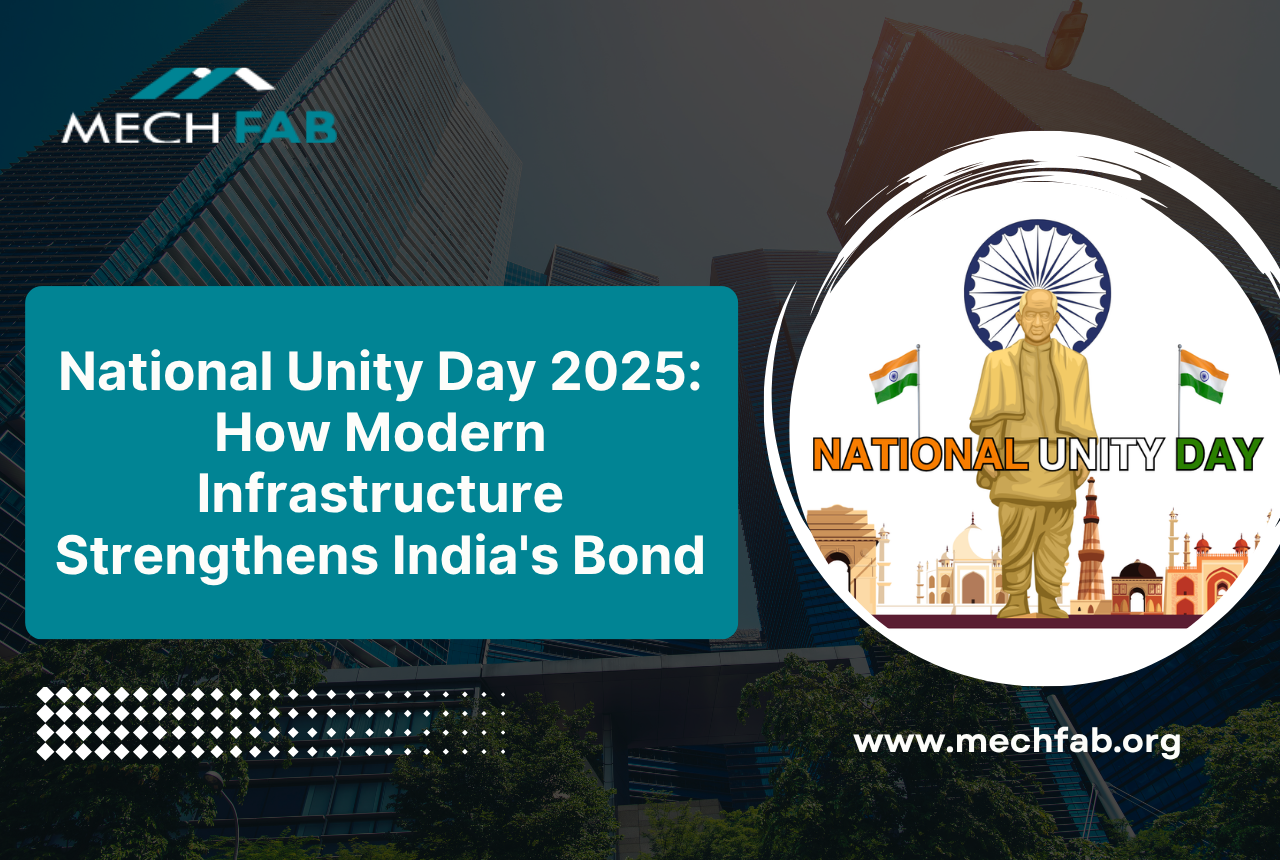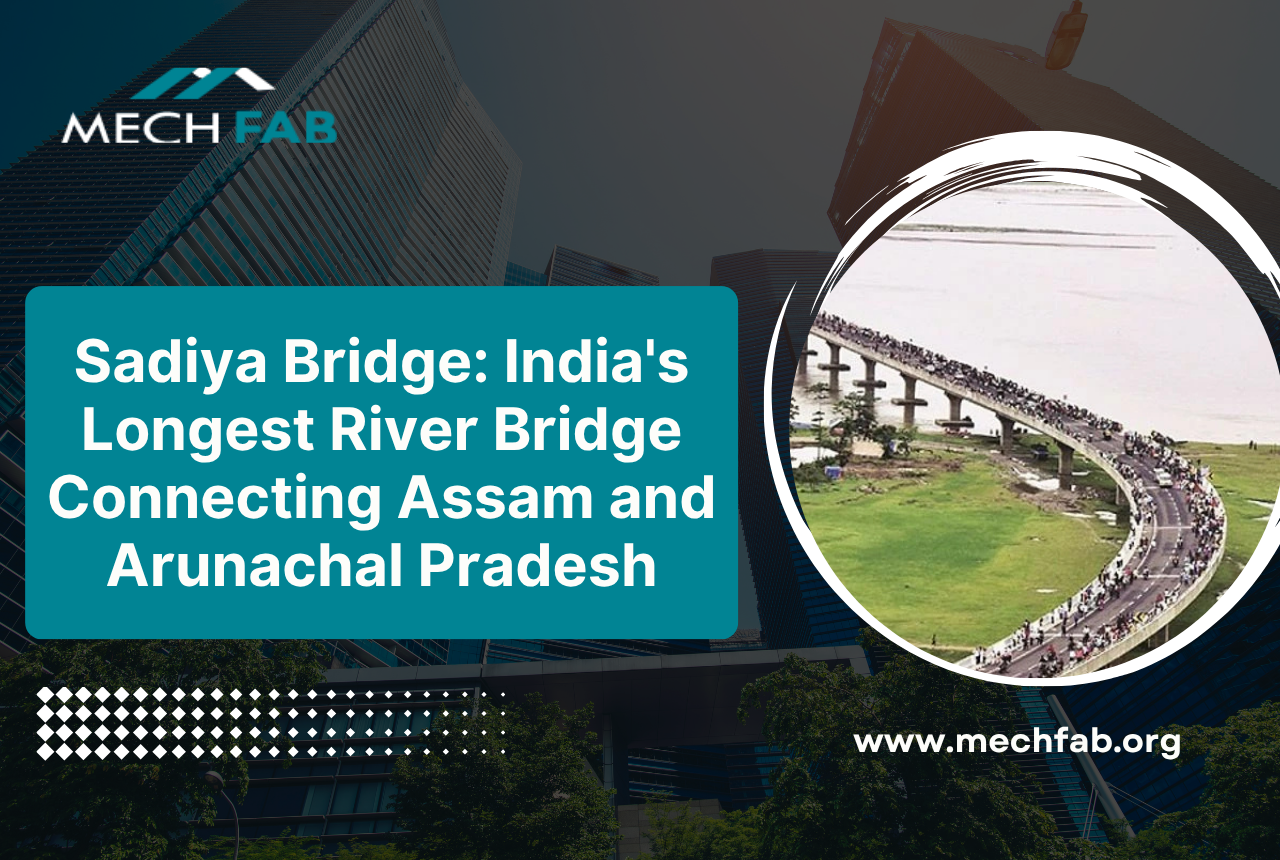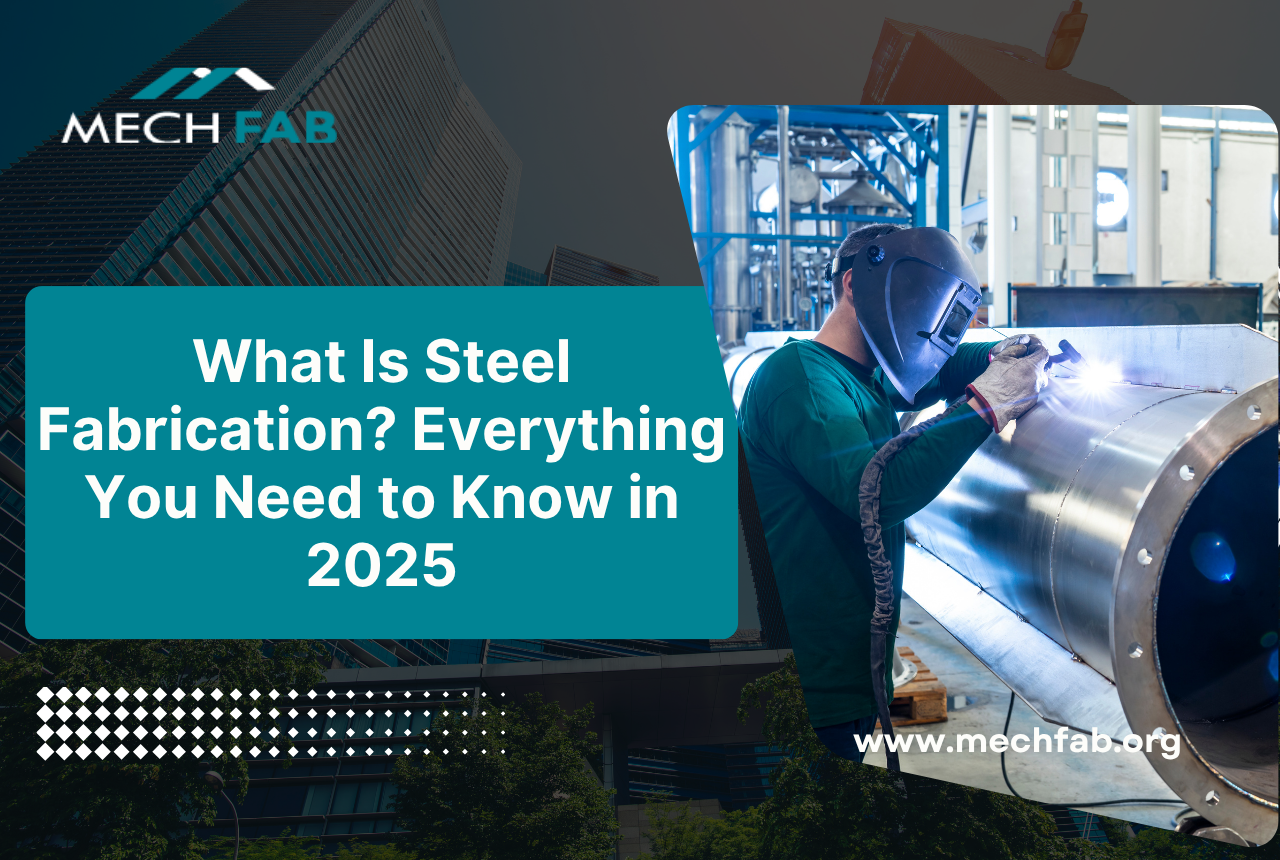There are multiple benefits of prefab buildings in 2024 as prefabricated, or prefab buildings have gained significant traction in recent years as a viable and efficient alternative to traditional construction methods. The idea is to assemble construction components on-site after manufacturing in a controlled industrial environment. This method has several benefits that make prefabricated structures an appealing choice for many types of construction projects.
The importance of prefabricated buildings will only grow as we approach 2024. New developments in affordable, sustainable, and building trends have made the prefab technology adoption environment more attractive. This post will go over the main advantages of prefabricated structures and why the industry views them as a game-changer.
Top Benefits of Prefab Buildings in 2024
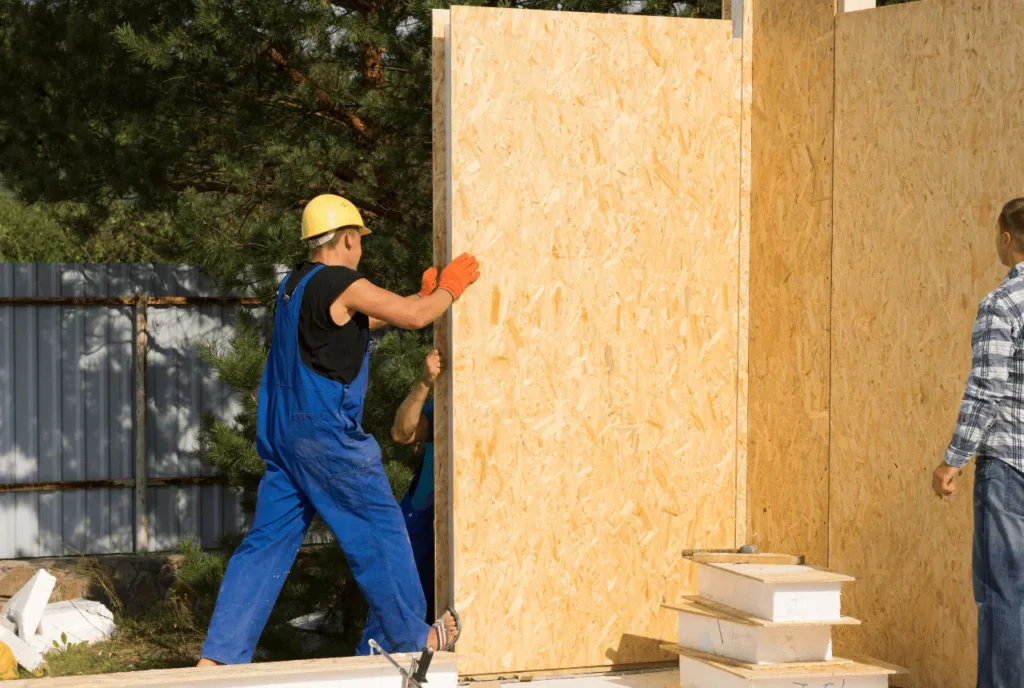
In 2024, prefabricated buildings have had a significant metamorphosis due to technological, material, and architectural improvements. These advancements have elevated prefab construction to the top of the list of options for a variety of construction projects.
The 7 major benefits of prefab buildings in 2024 that are revolutionizing modern construction include:
- Faster Construction Timelines: Prefab modules are built in a controlled factory environment, significantly reducing construction time. This translates to faster project completion, saving time and money.
- Improved Quality Control: Factory-controlled settings allow for stringent quality checks on materials and workmanship, resulting in higher-quality buildings.
- Enhanced Sustainability: Prefab construction often involves less waste and energy consumption compared to traditional methods. Additionally, prefab buildings can be designed to incorporate sustainable materials and energy-efficient features.
- Cost-Effective Solutions: While initial costs may vary, prefab construction can offer long-term cost savings due to faster completion times, reduced labor costs, and lower maintenance requirements.
- Greater Flexibility and Customization: Prefab modules can be designed and customized to meet specific project requirements, offering flexibility in terms of layout, finishes, and amenities.
- Resilience and Durability: Prefab buildings are often built to withstand harsh weather conditions and natural disasters, making them more resilient and durable than traditional structures.
- Reduced Disruption: Prefab construction minimizes on-site noise, traffic, and disruption, making it a more desirable option for urban and residential areas.
What are the Major Benefits of Prefab Buildings?
1. Faster Construction Times
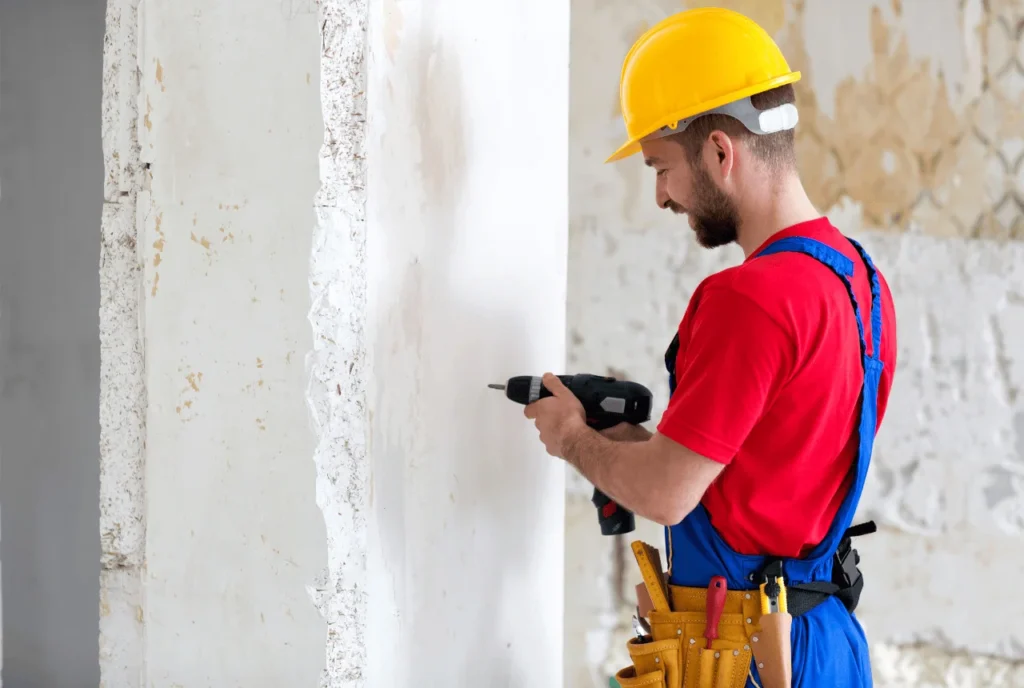
Prefabricated buildings are built so that they offer a significant advantage in terms of construction speed compared to more traditional methods. This advantage is mainly because most of the building’s components are manufactured off-site in a precision-based controlled factory environment. This removes the need for labor-intensive on-site procedures that might be time-consuming and affected by weather delays, like cutting, framing, and wiring.
Technological developments in recent times have expedited the prefab construction process even more. Computer-aided design (CAD) and 3D printing are examples of modern manufacturing processes that enable accurate and productive component creation. Prefabricated electrical and plumbing systems can also significantly cut down on the amount of time needed for these crucial building components.
2. Cost-Effectiveness

For a number of reasons, prefabricated structures are frequently less expensive to construct than conventional ones. First off, a more cost-effective and waste-free use of materials is made possible by the controlled factory environment. Furthermore, prefab components’ uniform design may result in lower material prices because of economies of scale.
Reduced labor expenses are probably the biggest cost savings linked to prefab building. There is less need for on-site labor, which can be costly and prone to pay hikes because the majority of the work is completed off-site. For instance, because prefab building lessens the need for sizable on-site personnel, it can be an especially alluring choice in the current economic climate, where labor shortages are common.
3. Sustainability and Eco-Friendliness

Designing prefabricated buildings with sustainability in mind is becoming more common. Construction has a less environmental impact and produces less waste because to the controlled factory environment. Furthermore, sustainable materials like repurposed steel or timber from forests with proper management practices can be used to create prefabricated components.
Eco-friendly prefab materials have seen major advancements in recent years. For instance, in 2024, scientists created a brand-new, environmentally friendly insulation type that uses recycled plastic bottles to save energy. Further lowering prefab houses’ carbon footprint is the easy integration of renewable energy sources brought about by developments in solar panel technology.
4. High-Quality Control and Consistency
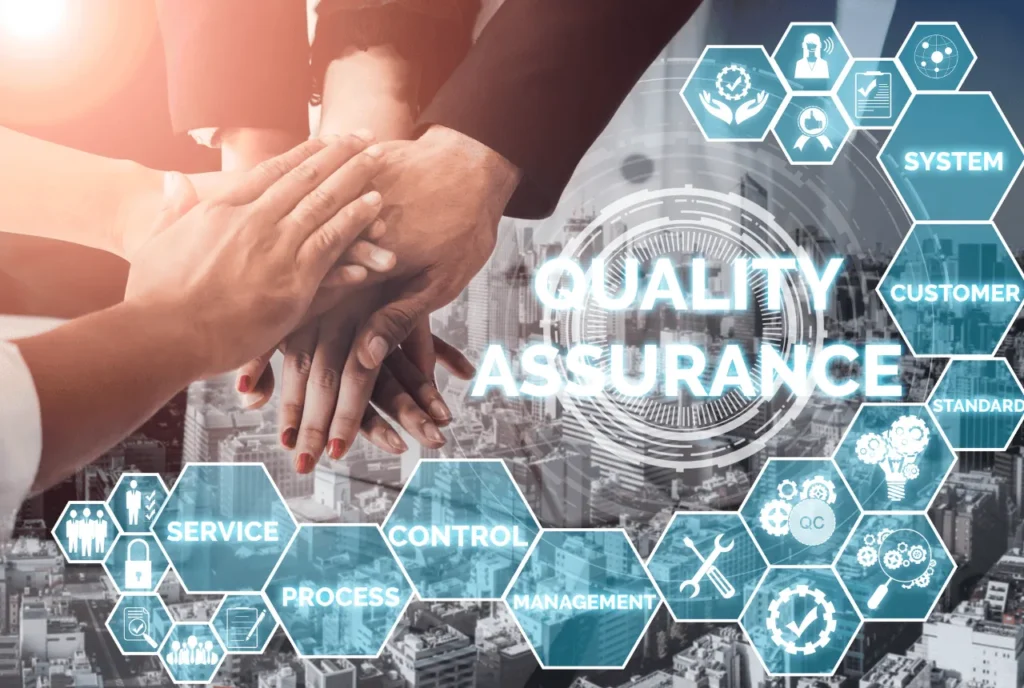
When it comes to quality control, prefab buildings are far superior than conventional construction techniques. Components can be produced in a more consistent and precise manner in the controlled environment of the factory. This lowers the possibility of mistakes and guarantees that the final product satisfies the highest requirements.
The quality of prefab components has been substantially improved in recent years by the development of quality control technology. For instance, in 2024, several manufacturers implemented sophisticated inspection systems that employ artificial intelligence to detect flaws in components and materials, guaranteeing that only the best goods are utilized in prefab construction.
5. Versatility and Customization
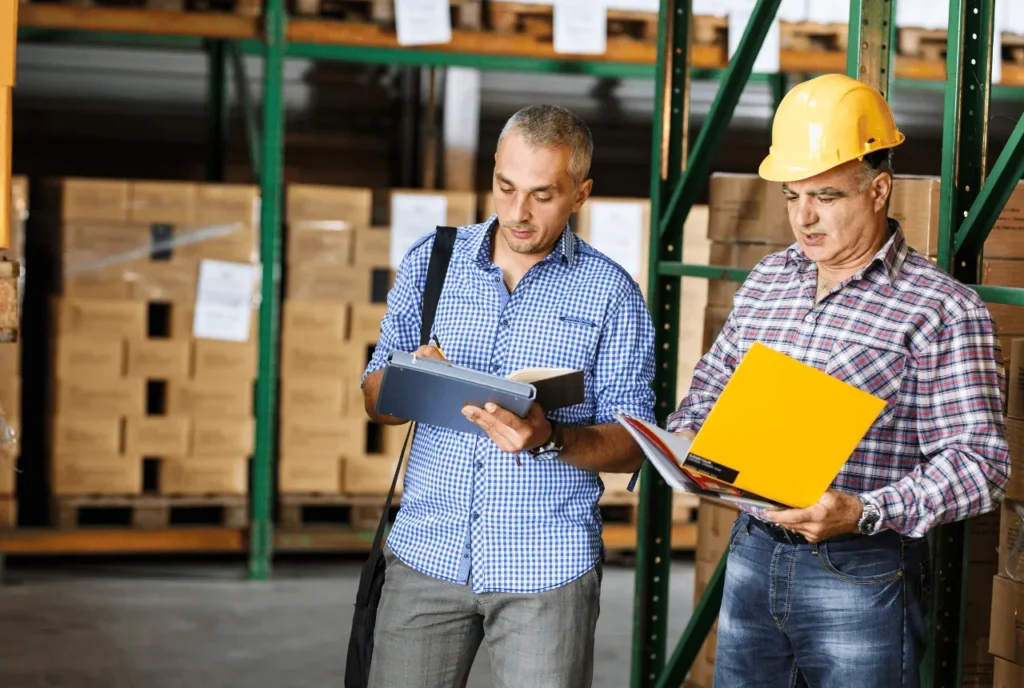
Prefab structures provide a great deal of customization and design flexibility. Prefab components can be readily altered to meet unique needs, in contrast to traditional building, where modifications can be expensive and time-consuming. This makes it possible to create a vast variety of architectural layouts and styles, from classic farmhouse designs to modern minimalist dwellings.
Prefab residences and commercial buildings with customizable options have become more and more popular in recent years. Numerous manufacturers released online design tools in 2024 that let users customize their structures with a range of choices, including layout, finishes, and fixtures. This has increased the allure of prefab construction for people looking for distinctive and customized living or working environments.
6. Reduced Environmental Impact on Construction Sites
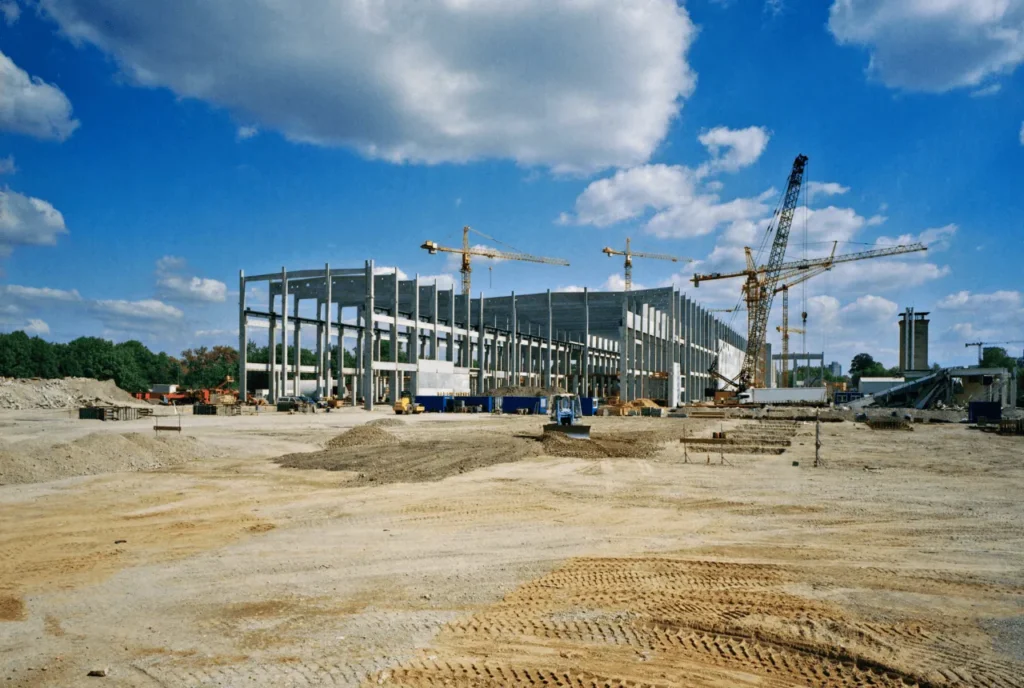
At the construction site, prefab construction greatly reduces disturbance and environmental damage. Unlike conventional building techniques, which can entail large machinery and excavation, prefabricated parts can be delivered to the job site and put together with little disruption to the neighborhood. This lessens the effects on the environment, including soil erosion and noise pollution.
A 2024 research by the Environmental Protection Agency found that, in comparison to conventional methods, prefab construction can cut greenhouse gas emissions by as much as 40%. This is mostly because off-site manufacturing is more efficient and requires less energy and transportation on-site. Prefabricated buildings can also be made to be more energy-efficient, which will lessen their overall environmental impact over time.
7. Enhanced Durability and Longevity

Modern materials and technologies have made prefabricated buildings more resilient and long-lasting. Contemporary production methodologies provide accurate regulation of component quality, guaranteeing their long-term durability. Additionally, prefab buildings may be made far more durable and energy-efficient by using premium materials like engineered wood products and cutting-edge insulation.
A number of developments in 2024 increased the longevity of prefabricated structures. For instance, new varieties of corrosion-resistant coatings for steel parts have been developed to help shield them from the weather. Prefab buildings were further made more durable by the application of cutting-edge sealing methods and weatherproofing materials, which made it possible for them to resist severe weather and continue to function well for many years to come.
Why Prefab Buildings Are a Game Changer in 2024
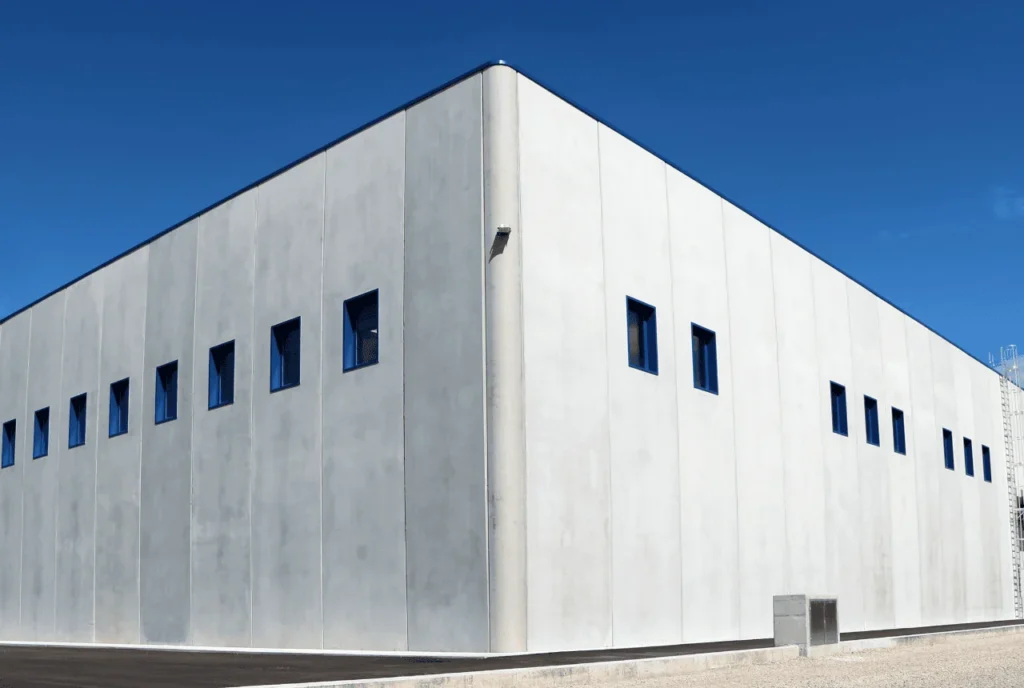
Prefabricated structures have become a disruptive force in the construction sector, with a distinct set of benefits that will make them especially desirable in 2024. Their capacity to produce structures that are economical, sustainable, and of superior quality in a far shorter amount of time than traditional methods has made them a game-changer for architects, developers, and homeowners alike.
Prefab buildings’ capacity to meet the increased need for speed and efficiency in construction is one of the main factors contributing to their rising popularity in 2024. Prefab building provides a solution by shifting a large portion of the production process to regulated factory environments, which helps with project timetables and labor costs. This quickens the construction process and lessens the effects of inclement weather and other site-related difficulties.
Prefabricated buildings not only have time advantages, but they also save a lot of money. Manufacturers can attain economies of scale by standardizing parts and cutting waste, which results in cheaper material costs. Moreover, there may be significant labor cost reductions due to the decreased requirement for on-site workers, especially in areas with high labor expenses.
Another important aspect influencing the use of prefabricated structures in 2024 is sustainability. Construction has a less environmental impact and may use materials more efficiently because to the controlled manufacturing environment. Prefab components can further reduce their carbon impact by being engineered to be more energy-efficient and manufactured from sustainable materials.
In 2024, industry developments will continue to bolster prefabricated structures’ increasing appeal. In urban locations where land is limited and construction prices are high, developers are increasingly embracing prefab construction to address the need for cheap homes. Furthermore, prefabricated buildings are increasingly being selected for distant locations where conventional construction techniques might be difficult and costly.
Key Considerations When Choosing Prefab Buildings
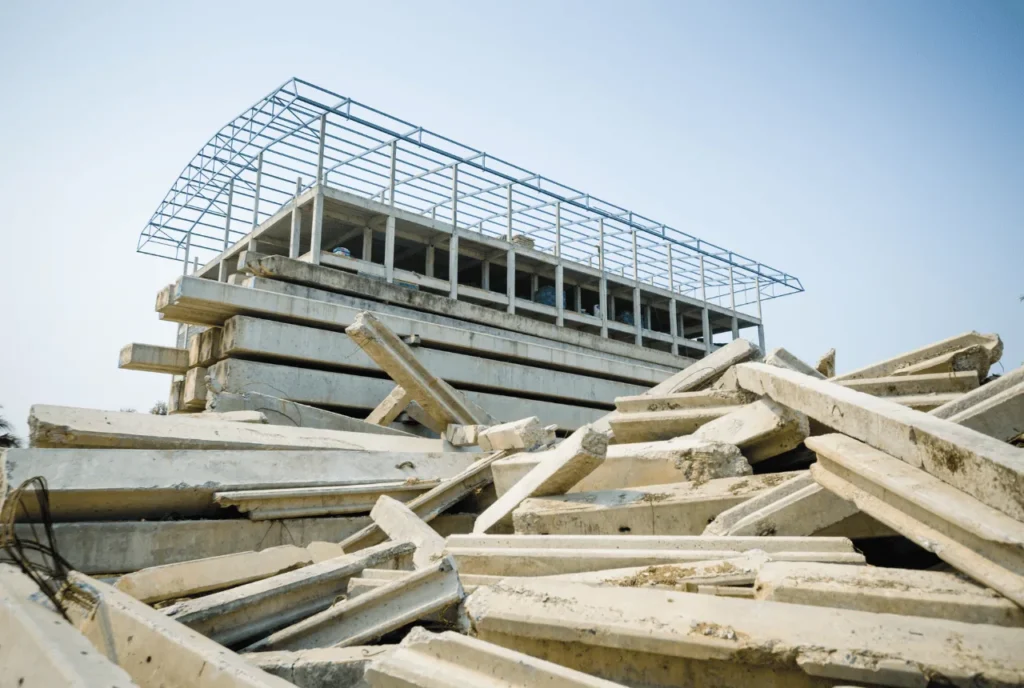
To guarantee a successful project, it is crucial to carefully consider a number of elements while thinking about prefab structures. Make sure to first evaluate your budget. Even though prefab building is frequently less expensive than traditional techniques, it’s important to account for site preparation, installation fees, and transportation costs.
Another crucial factor is location. Make sure there are no zoning rules or restrictions that might impede the construction process, and that the prefab building you have chosen can be transported to the location. Take into account the area’s infrastructure and utility availability as well.
Building codes and local laws are also very important. To prevent delays and any legal problems, find out about and abide by all applicable regulations. Learn about the newest developments in energy-efficient systems, smart home integration, and insulating materials for prefabricated buildings in 2024. Your prefabricated building’s comfort, sustainability, and worth can all be improved by these improvements.
The market for prefab buildings is rapidly expanding, with increasing interest from both residential and commercial sectors. Prefab homes offer a convenient and affordable option for those seeking modern, energy-efficient living spaces. In the commercial sector, prefab buildings are being used for a variety of purposes, including retail stores, offices, and even educational facilities. The versatility and efficiency of prefab construction make it a compelling choice for businesses looking to expand or relocate.
Why Prefab is the Way Forward in 2024
For those looking for construction that is economical, environmentally friendly, and efficient, prefabricated structures present a strong option. There are many advantages, such as shorter building periods, lower costs, better quality control, and more design flexibility. Prefabricated structures also have a lower carbon footprint and cause less disturbance to construction sites, making them more environmentally friendly.
In 2024, prefabricated structures will continue to be the favored option for developers, architects, and homeowners due to developments in technology and materials. Prefabricated constructions are become more complex and adaptable, with features like smart home integration and cutting-edge insulating materials.
Examine the options for prefab construction if you’re thinking about starting a new building project, whether it’s a house or a business. The advantages are obvious, and now is the perfect moment to adopt this cutting-edge and environmentally friendly method of construction.

